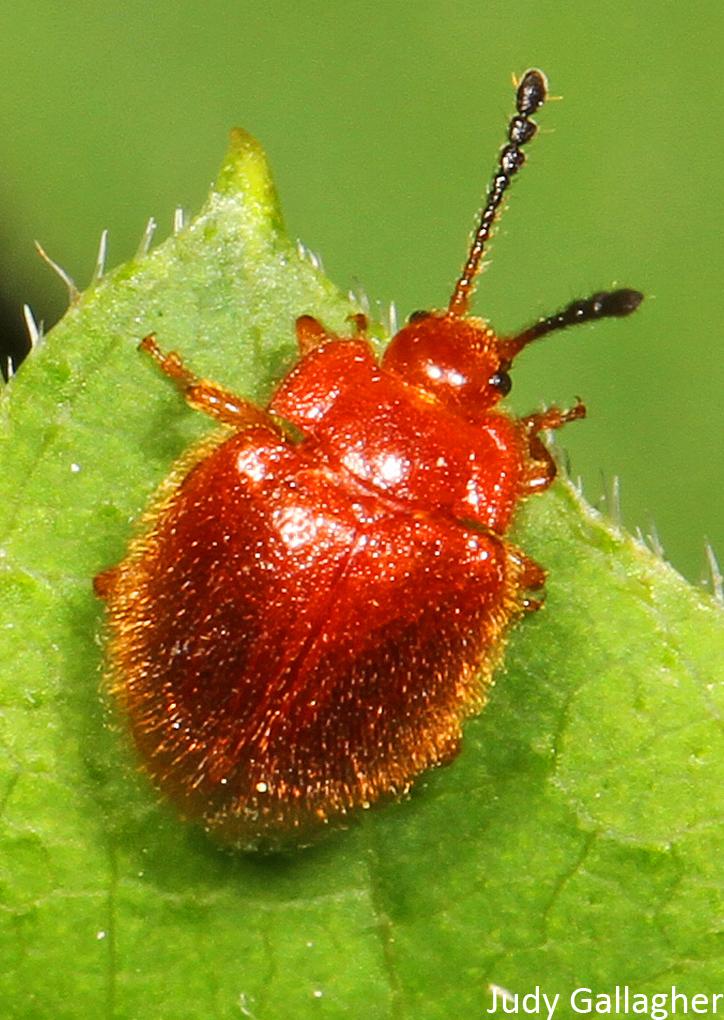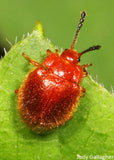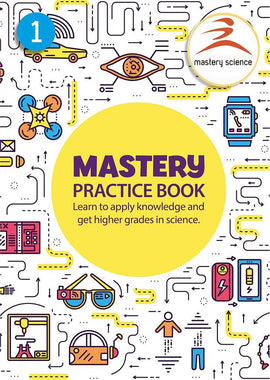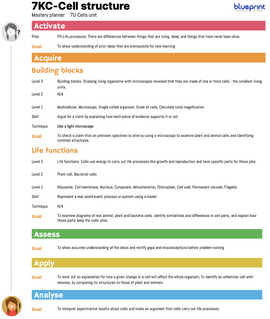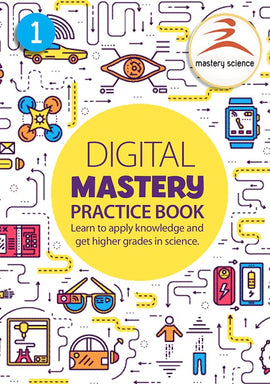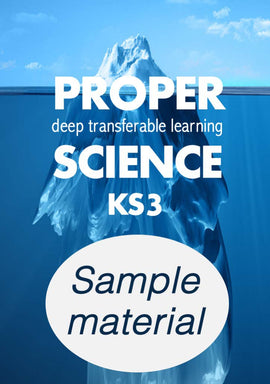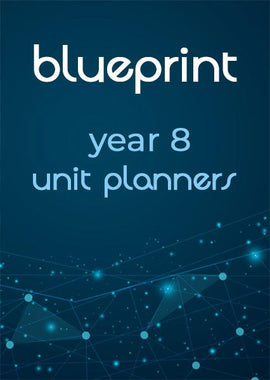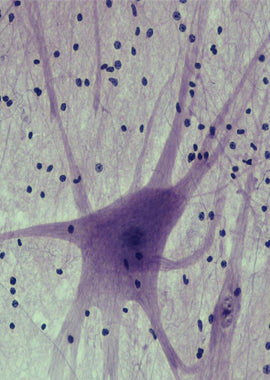Invasion!
Common ragweed, Ambrosia artemisiifolia, is an invasive plant which is spreading across Europe. Because of illness caused by its allergenic pollen and competition with crops, it's costing Europe an estimated €4.5 billion a year. The solution may lie with releasing non-native beetles. In this activity students evaluate the advantages and disadvantages of using biological control to halt the invasion of this alien plant.
Learning objectives
- Ecosystems: Suggest what might happen when an unfamiliar species is introduced into a food web
- Examine consequences: Identify possible consequences to particular habitats and animals
Blueprint curriculum link
- Unit: Interdependence
- Concept: Feeding relationships: Food webs link together several food chains and show how energy is transferred between organisms
- Skills: Decisions: Consider the consequences of technology for people and the environment
- Learning stage: Analyse
Activity contents
- Teachers guide
- PowerPoint file
The activity is delivered as a zip file. After you checkout, you will be sent an email with the link to download it.
Weblinks
Because ragweed needs a warm climate it is not considered a major problem in the UK - yet. It has been predicted that due to climate change ragweed populations could soon spread in northern Europe.
There are isolated populations in the UK but they are under control. However, the pollen can travel hundreds of kilometres so people are already suffering from the allergenic affects caused by ragweed growing on mainland Europe.
Video introduction about Ragweed
You may wish to play a short section (4:42-6:43) when showing slide 4. In French with English subtitles.
Further information about Ragweed
Including downloadable information in different languages.
Article about biological control of ragweed for teachers.
I love this resource. Sometimes it is difficult to get across what would happen if a species was introduced to a food chain because pupils seem to think on a one organism to one organism basis. This is an excellent way to show what could happen. It engaged the pupils and they were excited to learn more.
I love this resource. Sometimes it is difficult to get across what would happen if a species was introduced to a food chain because pupils seem to think on a one organism to one organism basis. This is an excellent way to show what could happen. It engaged the pupils and they were excited to learn more.
Related activities
You may also like:
Year 7 Mastery Practice Book
You may also like:
Blueprint Year 7 unit planners
You may also like:
Year 7 Digital Mastery Practice Book
You may also like:
Proper Science KS3 Sample material
You may also like:
Blueprint Year 8 unit planners
You may also like:
Blood: Damage
I love this resource. Sometimes it is difficult to get across what would happen if a species was introduced to a food chain because pupils seem to think on a one organism to one organism basis. This is an excellent way to show what could happen. It engaged the pupils and they were excited to learn more.
I love this resource. Sometimes it is difficult to get across what would happen if a species was introduced to a food chain because pupils seem to think on a one organism to one organism basis. This is an excellent way to show what could happen. It engaged the pupils and they were excited to learn more.
